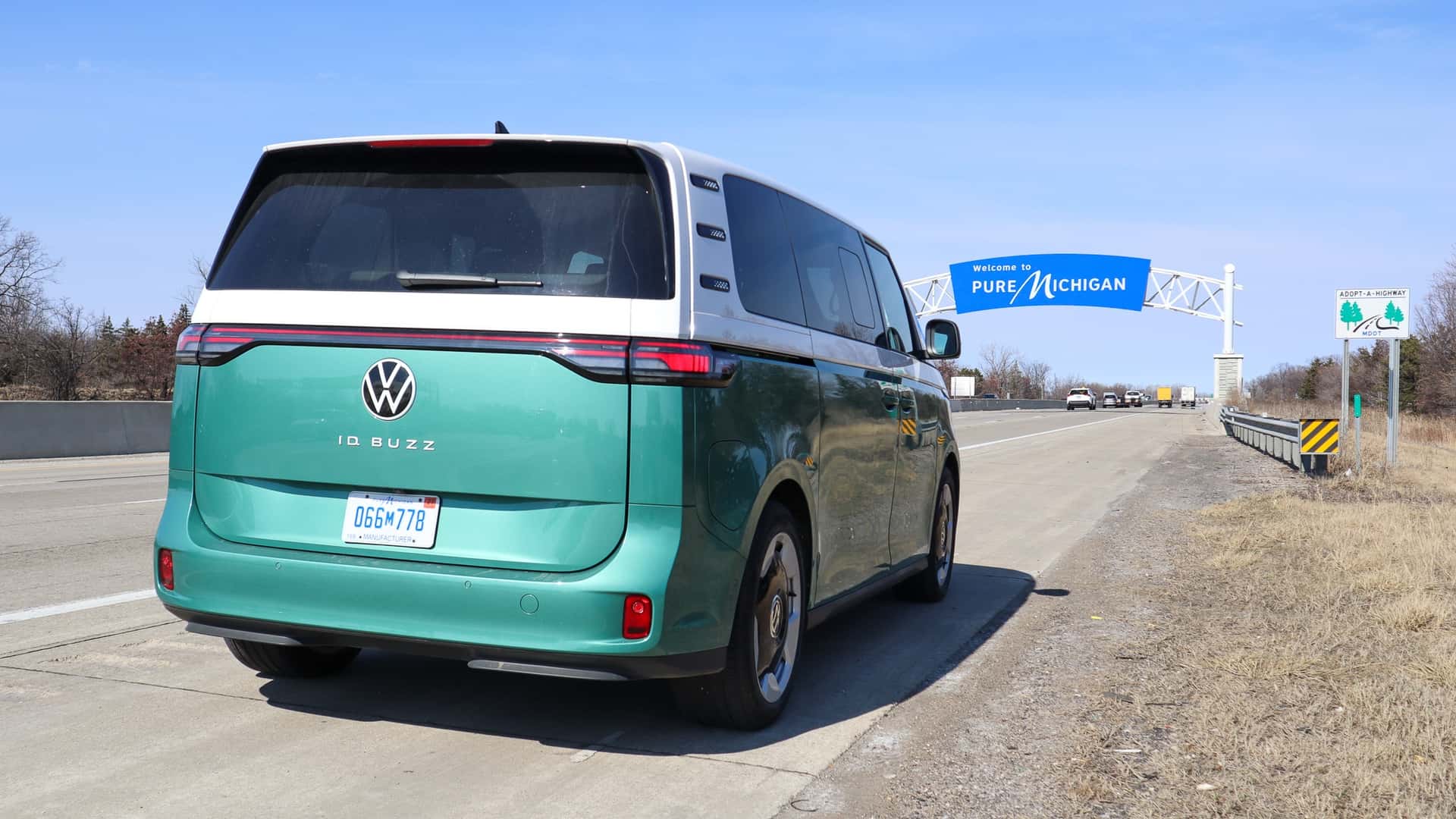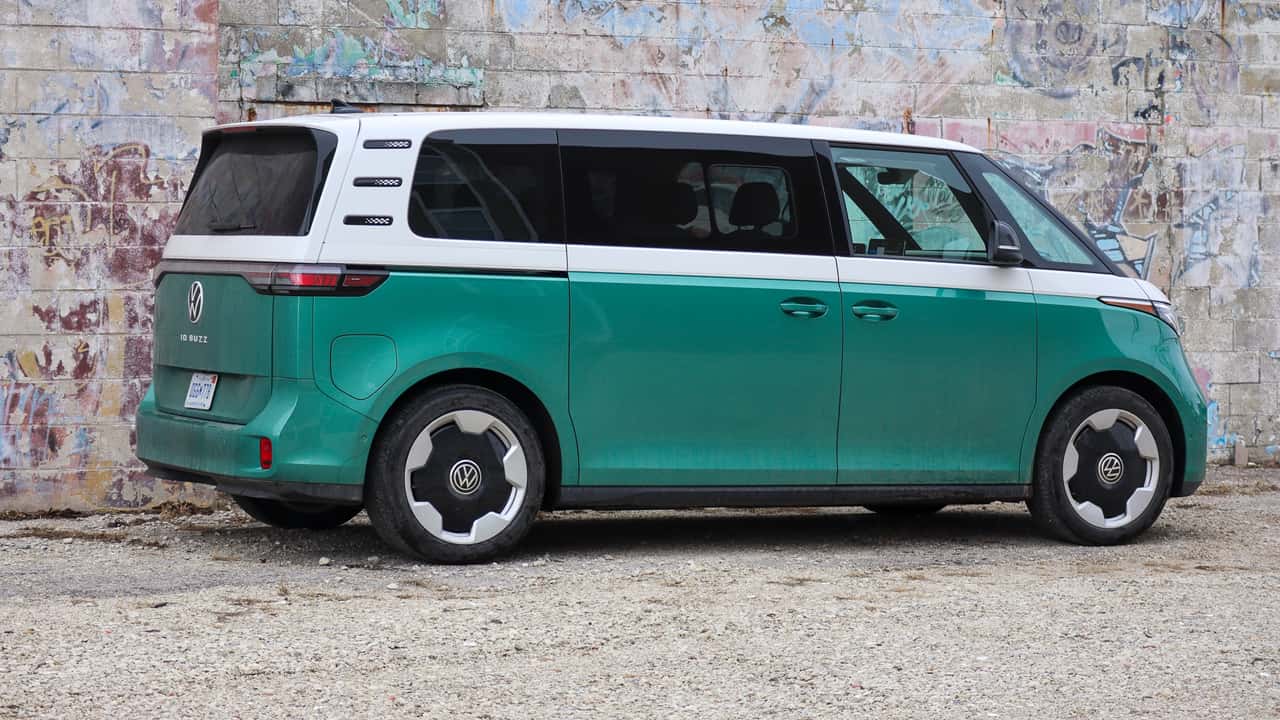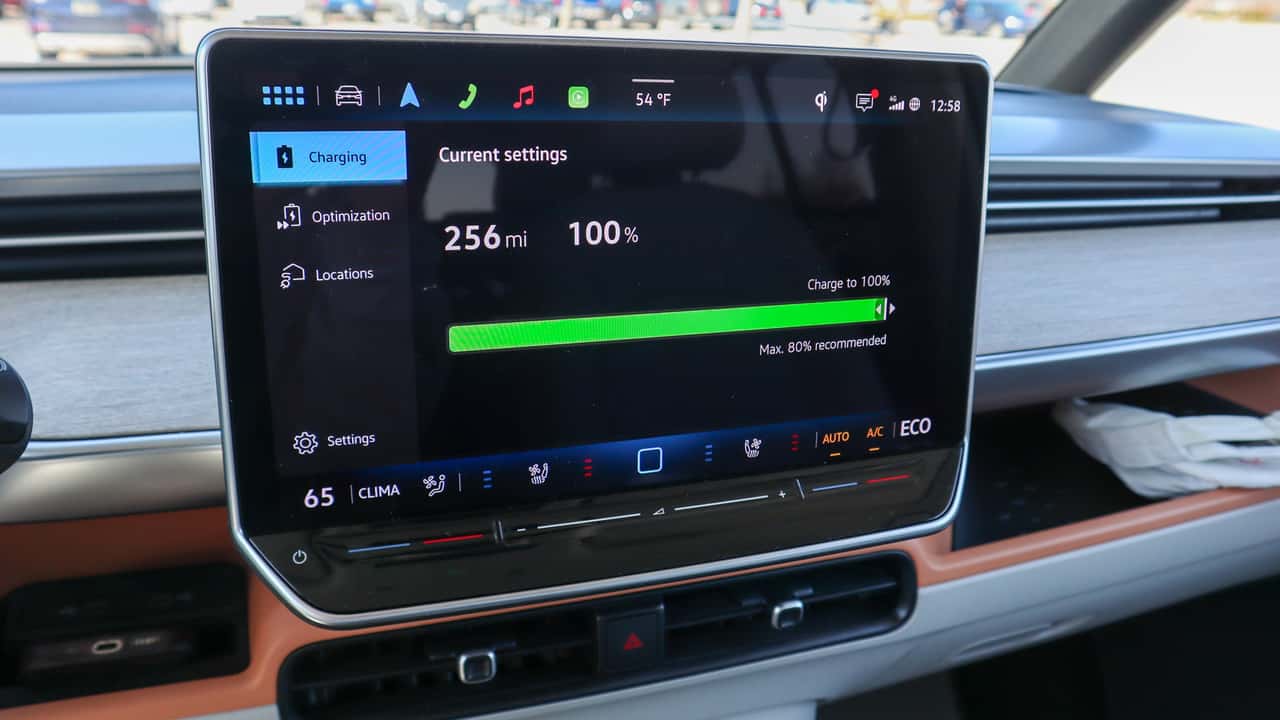Volkswagen ID. Buzz Proves Its Mettle on a Long-Haul Adventure

The Volkswagen ID. Buzz offers "just" up to 234 miles of range. However, a trip to Detroit demonstrates that this distance allows for more practical use than one might assume.
When Volkswagen dropped the ID. Buzz Initially, most of us were captivated by the large van's nostalgic design — even I was smitten, despite being known as InsideEVs' curmudgeonly critic. However, once the initial excitement of owning this retro-style electric vehicle faded, it wasn't long before my practical sensibilities kicked in. To scrutinize the van’s technological features with greater skepticism.
Certainly, the van can seat up to seven people and theoretically seems like an ideal vehicle for a road trip. However, its non-aerodynamic design, heavy curb weight, and comparatively limited range suggest otherwise. Despite this, I stayed doubtful because, honestly, how do you really define a road trip? Could it involve recreating the " Explore America with your Chevrolet Is it about leisurely road trips through beautiful landscapes across the nation? Or, is it making short visits to another state just to see a relative you're not particularly fond of but whom you don't want to alienate from your inheritance?
To me, the ID. Buzz’s features appear as though they would suit perfectly that Alley. During the time I had the ID. Buzz, I went on a short road trip—from my place in Columbus, OH, up to an area just north of Detroit, MI.
To be honest, I don't believe it performed poorly.

( Full Disclosure: Volkswagen provided me with a 2025 ID. Buzz Pro S for a week.
This rear-wheel-drive model features a single motor with a 91 kWh battery (86 kWh usable capacity) and offers an EPA-estimated range of 234 miles. Should you wish to purchase an exact replica of this vehicle, it would cost you $66,040, which includes the destination charge.
Many automotive journalists typically handle vehicle pickups and returns through a third-party fleet service when they receive loaner cars for testing purposes. Here in Central Ohio, I'm located somewhat farther from the closest such fleet company compared to my colleagues writing from locations like Car & Driver or Automotive News However, I remain within the Detroit realm of service for a press vehicle, despite being 213 miles distant.
I completely understand that 213 miles might seem like an easy feat for many electric vehicles. However, you may be astonished when you learn about which models can manage this distance on a single charge versus those that cannot. The journey consists mainly of highways and rural routes, typically maintaining speeds over 60 mph, which isn't ideal for EVs known to perform better at lower velocities. he Genesis GV70 Electrified managed the trip effortlessly. Did you compare the Kia EV9 with the Rivian R1S? even amidst the chilly downpour.
Nevertheless, under optimal, mild, and bright circumstances, the Lexus RZ450e struggled to reach even 140 miles of range. Before requiring a recharge, unsurprisingly, the Fiat 500e with its 42 kWh battery managed roughly 115 miles of range—quite impressive for a car designed primarily for short distances rather than long trips.
Therefore, shouldn't the ID. Buzz's 234-mile range suffice?
I began my journey slightly north of Columbus. The previous evening, I hadn't charged the van at all, leaving me with roughly 42% battery power. So, I drove around 20 miles north to Delaware, Ohio, to an EVgo charging station where I topped up to full capacity. Charging from 36% to 100% required approximately 45 minutes—quite reasonable. However, I won’t consider this a formal "charging stop" because it added just a short distance to my overall route.
The distance to my new destination is 189 miles, which includes reducing the initial part of my journey by 24 miles compared to where I started before. The rest of the path remained unchanged, involving rural routes and highways where the lowest allowable speed was roughly 60 MPH. In Michigan, most roadways maintained an average speed limit between 70-75 mph.

I'd love to embellish this post with tales of the difficulties faced during a three-and-a half-hour drive, but I can’t. My sole challenge was overlooking the fact that Detroit was much cooler than Ohio, with temperatures at 39°F contrasted against a milder 65°F (18°C). This temperature drop was sufficient to boost my energy usage significantly.
When I passed the "Welcome To Michigan" sign, the car's energy efficiency had dropped slightly to just 0.1 mile per kWh from an initial 2.8 miles per kWh. This decrease prompted the vehicle's navigation system to suggest stopping for a recharge en route. However, as it happened, this extra charge wasn't necessary at all.
I maintained the same pace as all the others while driving the ID. Buzz, without making any adjustments for speed or traffic conditions—and it performed precisely as expected. The ID. Buzz successfully completed the entire 189-mile trip with ease. My average speed was around 64 mph, and during this drive, the vehicle achieved an efficiency of 2.7 miles per kilowatt-hour. Upon returning the van to the fleet company, it had 14% battery remaining, indicating approximately 40 miles of range still available. Assuming these figures were accurate, the ID. Buzz would have been capable of reaching a total range of roughly 229 miles, which is merely six miles less than its officially stated range.

Some might argue that this constitutes a poor long-distance score, suggesting that my trip highlights the shortcomings of electric vehicles (EVs). However, I disagree with such assessments. For many individuals, this approximately 200-mile journey may well represent their maximum comfortable non-stop travel distance. Yet, after an additional 45-minute recharge period, the ID. Buzz would be prepared for yet another 200-mile excursion. From Detroit, these consecutive trips could lead all the way to Toronto or nearly reach Chicago. Essentially, this equates to a complete eight hours of driving, taking only slightly more time compared to operating a gasoline vehicle.
I won’t claim that the significant issues regarding charging infrastructure aren't relevant here. They certainly are. There’s a substantial gap without functioning stations between Columbus and Detroit. Without operational DC fast chargers, several other electric vehicles I've traveled with on this path wouldn't have completed the journey. However, such chargers do exist. Therefore, what exactly is the issue?
There's still quite a journey ahead of us. However, as I drive my electric vehicle over longer distances more frequently, I'm increasingly certain that the issue isn’t with the car itself or that manufacturers should provide greater range which would be used scarcely.
Contact the author: Kevin.Williams@InsideEVs.com
Related Articles

Gabung dalam percakapan